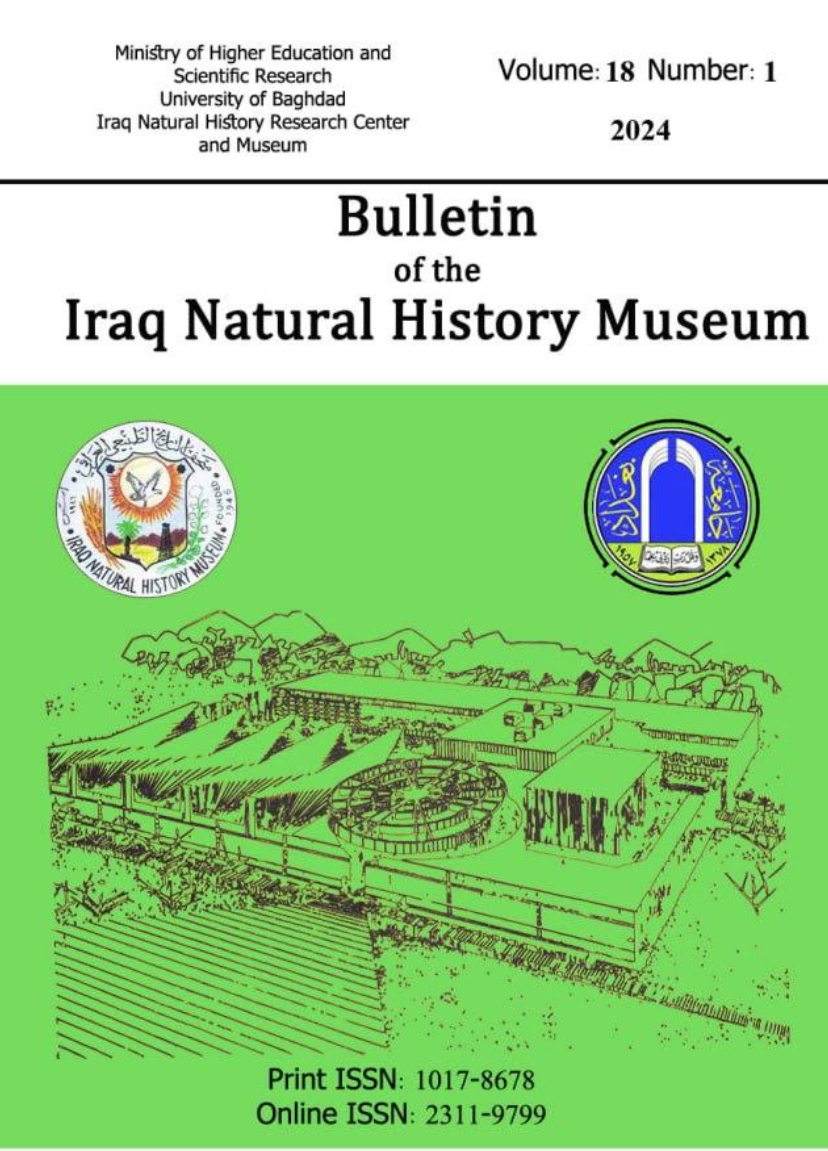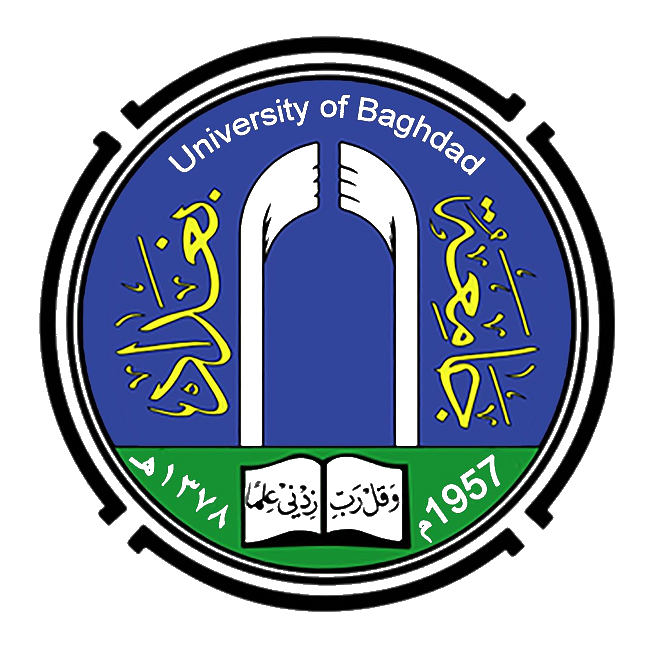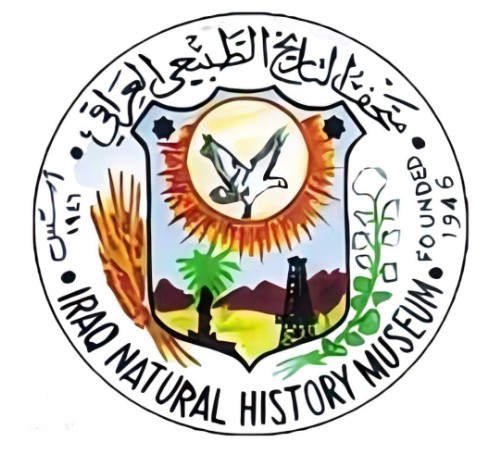MORPHO-HISTOLOGICAL STUDY OF THE PROVENTRICULUS OF EURASIAN MARSH HARRIER CIRCUS AERUGINOSUS (LINNAEUS, (1766 ( AVES, ACCIPITRIFORMES, ACCIPITRIDAE)
DOI:
https://doi.org/10.26842/binhm.7.2024.18.1.0139Keywords:
Harrier bird, Histology, Morphology, Proventriculus, Stomach.Abstract
The study aimed to describe the anatomical, histological, and histochemical structure of the proventriculuc of adult male Eurasian marsh harrier, Circus aeruginosus (Linnaeus, 1766) (Accipitriformes, Accipitridae). Six birds were used for this study. The histological sections of proventriculus were stained with hematoxylin and eosin, periodic acid Schiff, and alcain blue. The proventriculus, representing the upper stomach, appeared as a conical structure with a thick wall connecting the caudal end of the thoracic esophagus to the gizzard. It had a light brown color. Microscopic examination revealed that the proventriculus wall consists of the outer tunica serosa, the tunica muscularis, tunica sub mucosa, and the inner tunica mucosa.
The mucous layer exhibited folds, and the sulci represented many longitudinal folds with uniform lengths on its luminal surface. A single layer of columnar cells with oval-shaped nuclei made up the lining epithelium. The second layer was the laminal layer propria, composed of a relatively dense network of connective tissue. A thin, discontinuous layer of circularly arranged smooth muscle fibers in the muscularis mucosa separates the lamina propria from the sub mucosa. The submucosa appears as a very thick layer of dense vascular connective tissue, sub-mucosal compound tubuloalveolar glands form the major bulk of this tunica. These glands are arranged in one to three series of lobules that appear in different shapes. Muscularis externa consists of smooth muscle fibers arranged in a thick inner circular layer and a thin discontinuous outer longitudinal layer. The tunica serosa was a well-developed layer constituted by loose connective tissue covered by a single layer of flattened epithelial cells of the mesothelium. The proventriculus has some similarities to other bird species as well as some variations to other species, which may be explained by its nourishing food and behavior.











